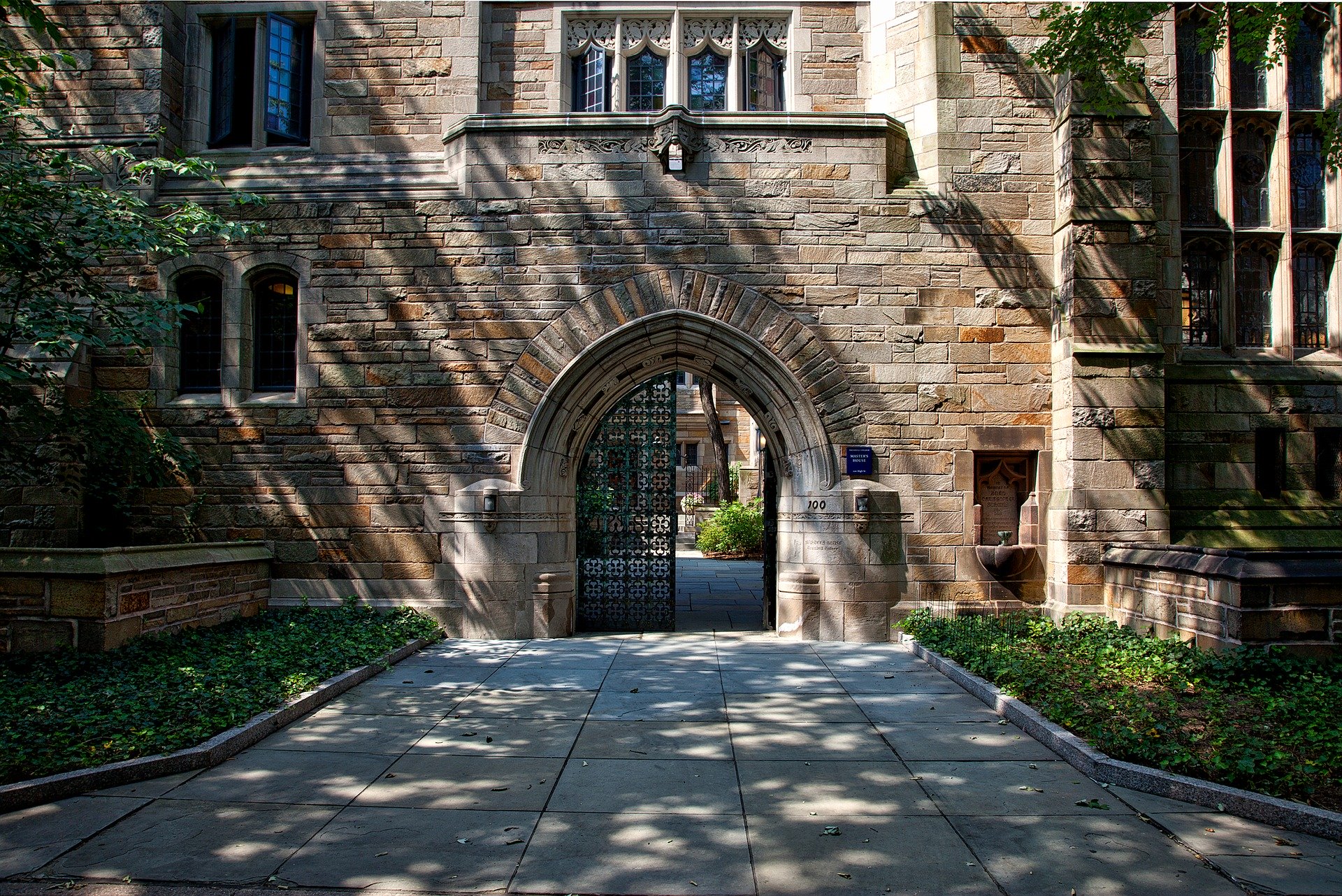
As scores of quarantined college students struggle to make ends meet, institutions are not the only sources of support — the federal government will now provide emergency cash grants to students in need.
Last Thursday, United States Secretary of Education Betsy DeVos announced that the federal government will give colleges and universities a combined $6 billion in emergency funding to use toward “college students whose lives and educations have been disrupted by the coronavirus outbreak.” According to Department of Education data, Yale is slated to receive $6,851,139 in “the coming weeks,” at least half of which the University must channel toward its students. Still, according to Dean of Yale College Marvin Chun, it is too soon to tell which students will qualify for grants and how much those students will receive.
“What’s best for students is at the center of every decision we make,” DeVos said according to an April 9 press release. “That’s why we prioritized getting funding out the door quickly to college students who need it most. We don’t want unmet financial needs due to the coronavirus to derail their learning.”
According to a letter sent to institution presidents by the Department of Education, colleges and universities must sign an online certificate agreeing to lawfully distribute the emergency funds to students. Once the DOE receives that certification, institutions can then draw funding from the federal government and distribute the funds as they see fit.
Chun told the News that “it is too soon” to comment on the specifics — including how the University will split the roughly $6 million it will receive and when students can expect to receive their cash.
According to the Department of Education press release, the emergency cash infusions come as a result of the Coronavirus Aid, Relief and Economic Security Act, which President Donald Trump signed into law in late March.
Chun also could not comment on the formula the University will use to decide distributions of the grants. Allocations per school are determined via a mechanism outlined in the CARES Act — one that weighs especially the number of Pell Grant-eligible students attending a particular institution and the total school population, the Department of Education’s press release stated. For example, Ohio State University — with about 46,820 undergraduates, about 40,000 more than Yale — will receive $42,885,215, about seven times the amount of Yale’s total.
In interviews with the News, students voiced how they believe Yale should allocate the cash grants it receives.
Reilly Johnson ’22 told the News that the crisis is not only impacting Yale College students, but also “faculty, staff and graduate and professional students.” She hopes Yale distributes “later grants” to other Yale community members and to New Haven institutions through Yale property rent-freezes, food pantry and shelter grants, as well as repurposed dorm space for emergency responders and the homeless.
Johnson added that the administration should be transparent in its allocation process.
“[The] administration should announce their receipt of these funds and allow students to apply for money given guidelines of qualifying needs,” Johnson explained.
Alejandro Ortega ’22 told the News that in addition to using the grants “to assist low-income students,” he hopes Yale continues to pay “kitchen staff and janitorial workers not being called in [for work]” until the end of 2020.
For any staff that is currently working, Ortega said that Yale should provide them with “protective equipment as well as adequate pay” given their increased exposure and thus augmented risk for contracting the virus.
“Most importantly, Yale should be directing these grants as well as a substantial part of their current operational budget to fulfilling their responsibility to New Haven residents during this time,” Ortega said, “whether that be in opening up more residential spaces for first responders or expanding medical services offered to the New Haven community.”
In an interview with the News, Fatma Elsayed ’23 said that “given the nature of the current crisis,” the grants should be used to support the New Haven community in addition to Yale students who have been unable to travel home and FGLI students.
Similarly, Natasha Ambriz-Villela ’23 hopes the administration allocates these cash grants “directly to low-income students to help alleviate some of the pressures” caused by the current crisis. She explained that this allocation is “especially critical” since the CARES Act, according to Ambriz-Villela, excludes students over the age of sixteen whose parents list them as dependents on their tax returns.
“Low-income college students who work on-campus jobs to support themselves and their families are left unemployed and unsupported by the government,” Ambriz-Villela said. “Redirecting this funding is the least Yale can do to support its most vulnerable students.”
The grants come in a time when universities across the country, including Yale, find themselves nearing dire financial straits. According to an April 7 email to “colleagues of the Yale community” from University Provost Scott Strobel and Senior Vice President for Operations Jack Callahan, Yale has taken several measures to help itself stay afloat — including a hiring freeze for the fiscal year 2021 and a reduction of capital spending.
In an email to the News, Strobel said that while the University is grateful for the new funds, the incoming influx of cash will not have a significant impact on Yale’s financial situation.
“The emergency funds … are significant,” Strobel wrote. “But … they are dwarfed by the overall increase in expenses and loss of revenue that the University is experiencing as a result of the COVID-19 pandemic.”
As of Tuesday evening, Connecticut has confirmed 13,989 cases of COVID-19 and 602 deaths.
Valerie Pavilonis | valerie.pavilonis@yale.edu
Larissa Jimenez | larissa.jimenez@yale.edu







